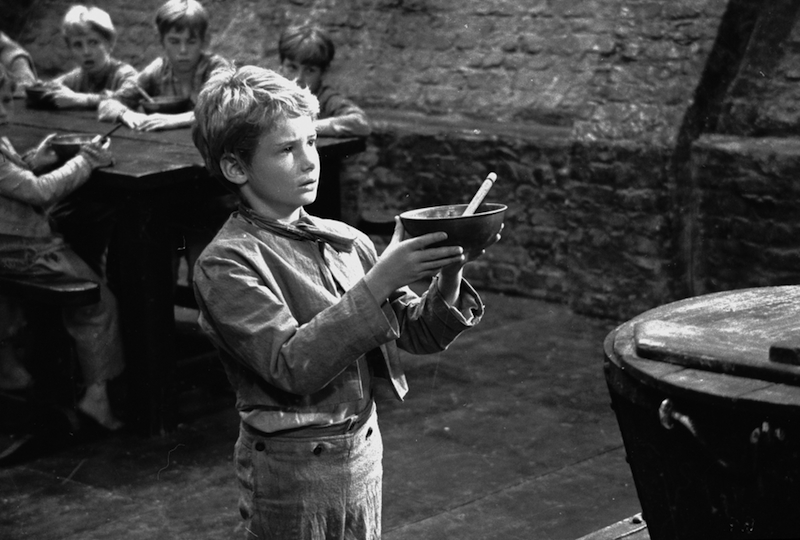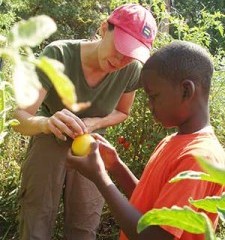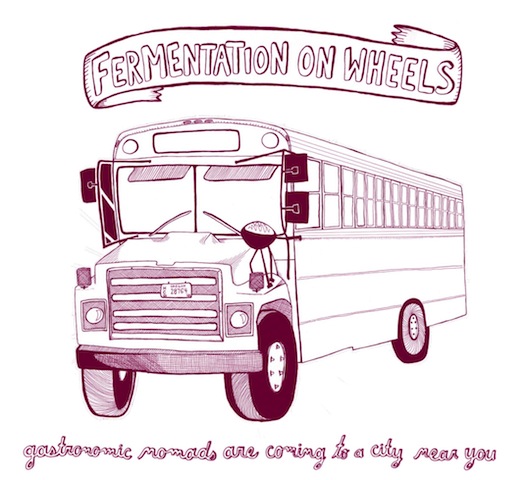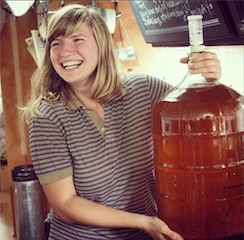
‘Please, sir, may I have some more?” (Mark Lester as Oliver Twist, 1968)
Report: Surrounded by Farms, Missourians Go Hungry
Despite being ranked second in the country for the number of farms in 2007 and having 66 percent of its land in agriculture, Missouri has a serious food insecurity problem.
A recently completed study by the Missouri Foundation for Health indicates that the state ranks sixth worst in the U.S. for food insecurity, affecting one in five households with children.
“We are an agricultural state, but a lot of what is grown is exported,” says MFH vice president of policy Ryan Barker. “Even in rural areas, access is difficult. And of course, income and ability to obtain healthy food play a major role.”
The United Nations Food and Agriculture Organization defines food security as a situation that exists when all people, at all times, have physical, social and economic access to sufficient, safe and nutritious food to meet their dietary needs and food preferences for an active and healthy life.

Garden in ‘Old North’ St. Louis City that grows fresh food and serves as a hands-on learning environment. Photo courtesy of Missouri Foundation for Health.
According to the report, common characteristics of those who are food insecure in Missouri include low-income households, households headed by a single parent, an African-American or Hispanic person, and households located within a principal city of a metropolitan area, Individuals who are renters, younger in age and less educated are more likely to be food insecure.
“Our internal policy shop analyzed the available data, pulling out the Missouri pieces from national studies and creating a comprehensive study,” Barker says. “One of my staff also traveled the state and interviewed people working in food to get regional highlights. We started in 2015; it took about a year to put together.”
Food insecurity rates have been rising in Missouri for the last 10 years.
“Food insecurity in Missouri was at 11 percent in 2007 and jumped to 15.5 percent in 2008 when the economy crashed,” says Barker, “and even with the economic recovery, it hasn’t come down. People are being left behind, not just rural or urban people, but both. And there are such huge repercussions. Kids who face food insecurity have higher rates of behavioral issues, which means higher rates of suspension or expulsion, and often end up in the juvenile justice system. So some of that famous school to prison pipeline comes straight back to this issue.”
Within the Missouri Foundation for Health, efforts to combat the problem are ongoing. In late 2013, MFH created a series of Emergency Food Access grants to help food insecure households seek assistance through food banks. The Foundation partnered with the Food Bank for Central and Northeast Missouri, Ozarks Food Harvest, Southeast Missouri Food Bank and St. Louis Area Food Bank to support infrastructure improvements. Each organization received $1 million to enhance both its facilities and those of its community-based partners.
Barker is hoping that the comprehensive look at food systems will help further raise awareness and generate good policy.
“The report includes a set of policy recommendations, organized by topic, to impact the issues and reduce food insecurity,” he says. “For example, we know there are a lot of people eligible for SNAP (Supplemental Nutrition Assistance Program) and free and reduced-price lunch who aren’t using those programs, so outreach and education will help. Increasing the minimum wage would help. Beyond that, there are zoning and land use policies that encourage markets and gardens and limit fast food restaurants, which, in high numbers, can create ‘food swamps,’ areas overwhelmed by cheap, unhealthy food. There is a link between food deserts and food swamps.”
Some of what needs to be done, Barker admits, can be politically challenging in a red state. But he sees reasons for hope.
“There are things we can do from a policy point of view that make sense to everyone,” he says. “For example, we’re seeing movement on farm-to-table bills in the legislature.”
The report is available free online at MFFH.org, and the agency will gladly send out free hard copies too. “We just want to get the information out there,” he says. “Solving this is in everyone’s best interest. If we have a healthier population, we’ll have a stronger economy too.” –by Anne Craig
Originally posted at Seedstock.com, February 16, 2016
***

Fermentation Bus Preaches Benefits of Preserving Local Food
Sourdough starters. Vinegar. Cider, kimchi, kefir, and a variety of misos.
Up until this past October, these aging wonders, along with Oregonian Tara Whitsitt, were traveling around the United States in a school bus-turned-fermentation lab. Whitsitt and her crew were visiting cities and communities across the country to spread knowledge about fermentation.
Why?
“It promotes the importance of staying connected to your local food source,” explains Whitsitt, “Fermentation on Wheels encourages sustainable food practices and values in addition to teaching empowerment and preservation through fermentation.”
Even more than supporting sustainability, Whitsitt views the practice as a protest to the current agricultural system. To her, fermentation represents everything that an industry reliant on monoculture is not. “[It] proves the importance of diversity and creates resilient organisms that impact our inner and outer ecosystems in incredible ways,” says Whitsitt.
She hopes that spreading her knowledge will help others question the dominant food system. As she sees it, especially in cities where space is limited, fermentation can create a sort of garden in the kitchen to provide a little more insight into the process of making food right where one cooks.
When Whitsitt visited urban areas, she would open the doors of her bus to anyone who might pass by, hoping to attract more practitioners to the age-old process. It was unclear if it was the smells or the signs that enticed people in, but Whitsitt says, “The results are pretty incredible. You can’t expect who will fall deep into the fermentation wave.” She would sell or trade starter cultures, and teach visitors how to use them.

Tara Whitsett with a batch of mead (Photo: Facebook/Fermentation on Wheels)
Whitsitt partners with local farmers, preferably ones without extensive fermentation knowledge, so as to exchange some knowledge sharing for a place to camp for a few nights. She hosts workshops, potlucks, and food swaps while visiting a new area; and to keep her demonstrations tied to the regions that she holds them in, she often uses vegetables from her host farm.
“There’s a wide range of attendees,” says Whitsitt, “Some obsessive fermenters, some who are just getting started, and others who have never fermented.”
There’s something for everyone during her classes. Whitsitt’s five-gallon jars usually aren’t filled with what her ancestors would’ve kept–for example, spices like coriander and caraway seed infuse chipotle flavors into carrots. She also has a recipe for Indo-Thai Sauerkraut that adds cumin seed and dried Thai chilis to the typical sauerkraut mix.
Even those familiar with fermentation probably haven’t heard of everything she keeps in her bus since Whitsitt also includes internationally inspired creations in her workshops. Beverages like Kvass (a traditionally Slavic drink made from rye bread) or Kefir (a fermented milk drink from the Caucasus) grace the shelves of her traveling home.
All of the variations, experiments and classes are designed to support Whitsitt’s mission: to bridge communities and generate a renewed interest in preserving food. As far as she’s concerned, her recent tour surpassed these goals and expectations. She reached thousands of people and has spread even more awareness through media coverage.
The articles about her program also caused her to change her route a bit, as communities began inviting Whitsitt and her bus to visit and lead classes. She stopped at about 50 more places than anticipated due to these invitations.
Now at home, Whitsitt says it’s finally time for her to sit still for a bit. She’s working on new creative projects in food before setting out on her next tour in Fall 2017. But, she’s still hearing back about the cultures she left scattered through the states, “My students keep in touch, and e-mail photos of their delicious experiments.” –by Marissa Gawel
Originally posted at Seedstock, February 8, 2016

